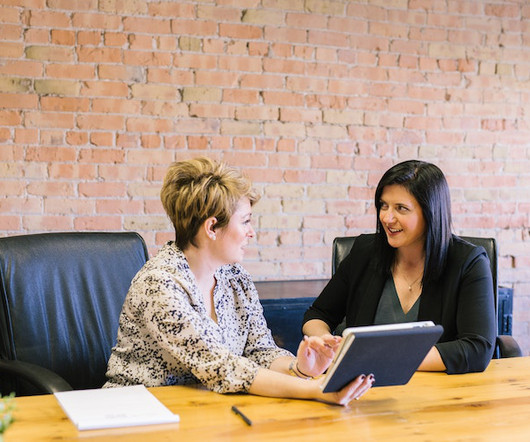Cash collection cycle definition
Accounting Tools
JULY 24, 2023
Related Courses Credit and Collection Guidebook Effective Collections Essentials of Collection Law What is the Cash Collection Cycle? The cash collection cycle is the number of days it takes to collect accounts receivable. Several techniques for doing so are noted below.





















Let's personalize your content